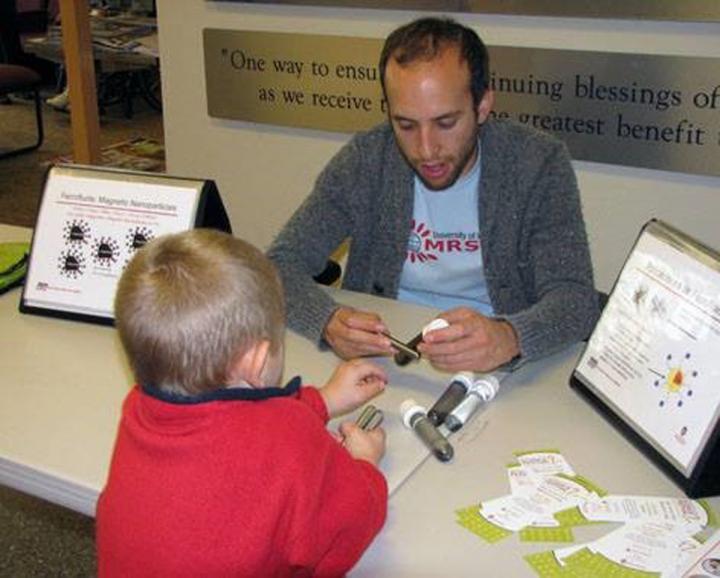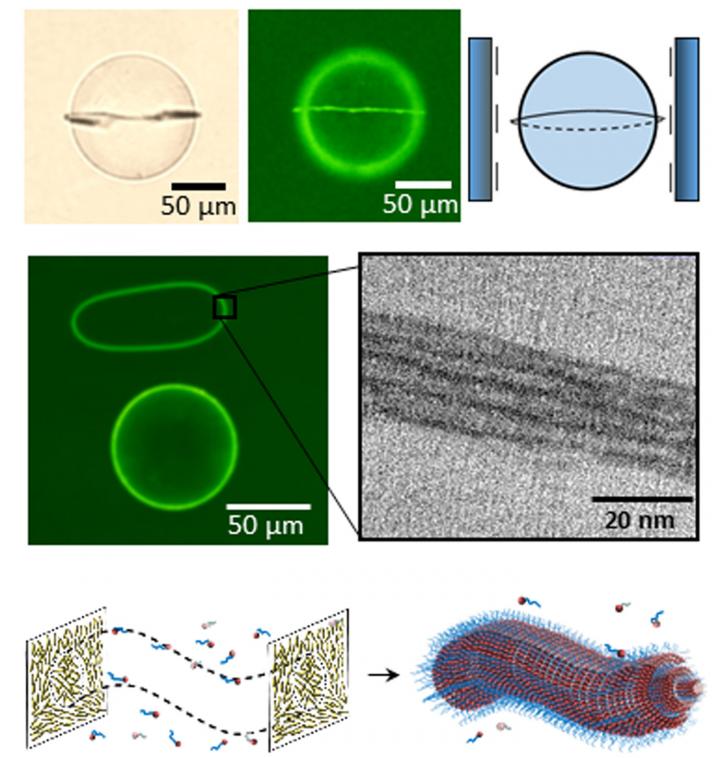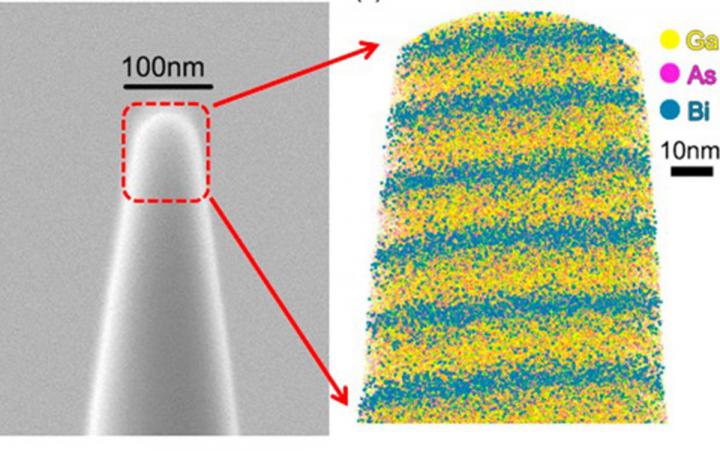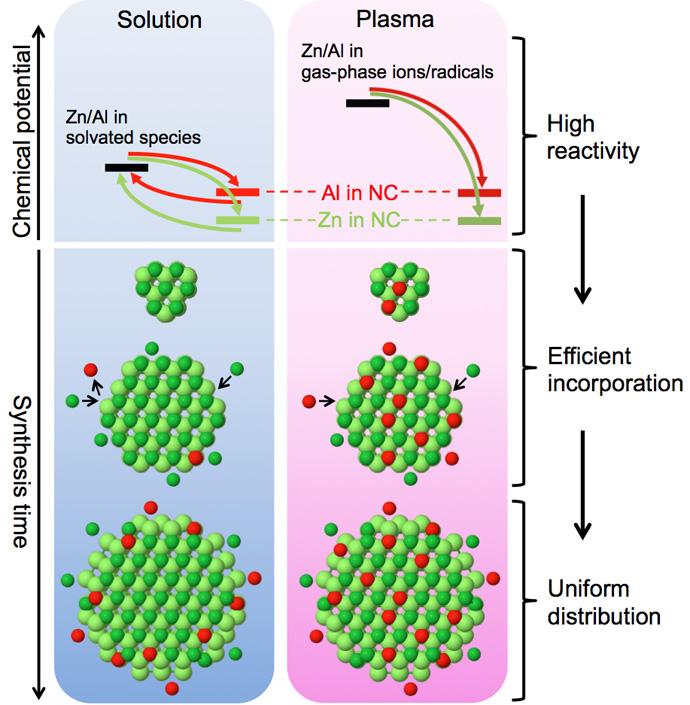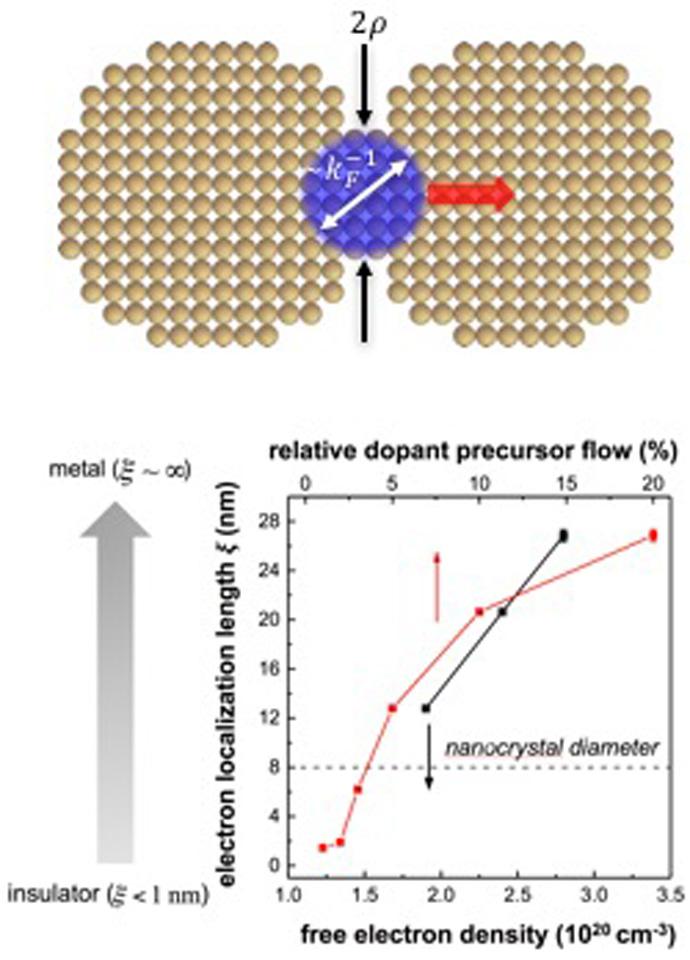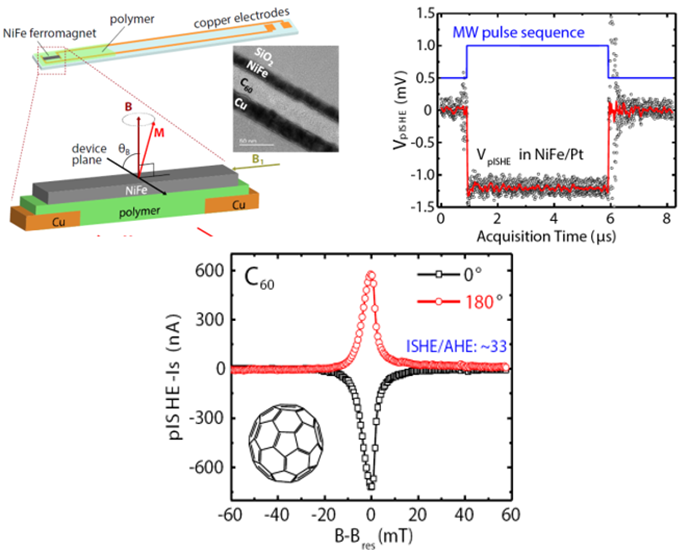Since 2011, the Wisconsin MRSEC has created over 40 unique research-inspired education resources. These resources are disseminated through educational kits, outreach activities, instructional videos and other online resources, all based on cutting-edge research going on in the Wisconsin MRSEC.
These resources have impacted:

